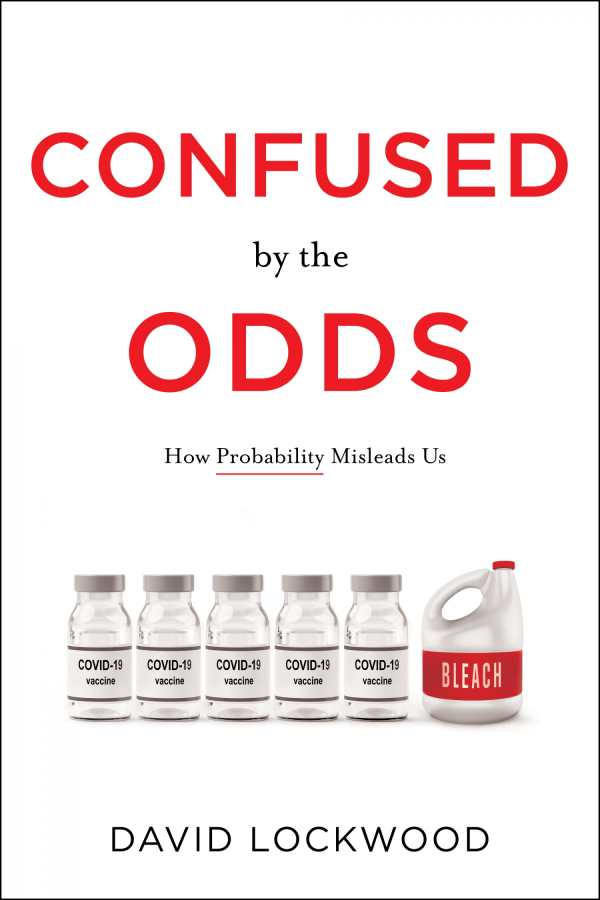Confused by the Odds
How Probability Misleads Us
Confused by the Odds is a fascinating historical survey of theories of probability—and their practical implications.
David Lockwood’s social science text Confused by the Odds introduces theories of probability and shows how they’ve been misinterpreted.
Covering examples including coin flips, regulated randomized control trials, and Charles Darwin’s theory of evolution, the book reveals that statistics rule people’s lives in often unrecognized ways. Indeed, it hypothesizes that human knowledge of probability may still be incomplete. To achieve greater understanding, it explores the history of statistical mathematics with examples from medicine, sports, and social science. In the process of doing so, it also asserts that people face the “disease of misinformation”; it castigates modern political news sources for being mere echo chambers.
Each chapter contains ample examples of how theories of probability have been used. One considers the probability of a battered wife being murdered by her husband versus that of an abusive husband killing his wife; another tackles the chance of a couple drawing each other’s keys from a bowl at a swingers’ party. Such examples are variously depressing and entertaining.
The book’s focus on explaining methods of determining probability is uncomplicated—both accessible and intriguing. However, many of the book’s anecdotes end without a conclusive sense of how they outwardly apply. Indeed, the practical applications of these theories—beyond coin flips and hypothetical situations—are limited to an analysis of COVID-19 statistics and to polarized political opinions. Though the book is thorough in its analysis of confirmation bias and other human faults, its conclusions about how better understandings of statistics might impact such issues are vague.
At the start of each chapter, the book outlines the life of a central figure in the history of probability, with figures including David Hume for his uniformity principle and Richard Price for Bayes’ theorem. It acknowledges the faults and biases of each figure in the process and shares some background on their theories. However, these biographies and background summaries consume too much space in the already short book. Still, the book’s transitions between sections are smooth: the chapters end by hinting at what’s to come and tying that coming material to what they discussed. There are comments on similarities between theories as well as on how they contrast; both convey the complicated nature of theories of probability. Dozens of pages of sources give this work an additional authoritative edge.
Confused by the Odds is a fascinating historical survey of theories of probability—and their practical implications.
Reviewed by
Aimee Jodoin
Disclosure: This article is not an endorsement, but a review. The publisher of this book provided free copies of the book and paid a small fee to have their book reviewed by a professional reviewer. Foreword Reviews and Clarion Reviews make no guarantee that the publisher will receive a positive review. Foreword Magazine, Inc. is disclosing this in accordance with the Federal Trade Commission’s 16 CFR, Part 255.

